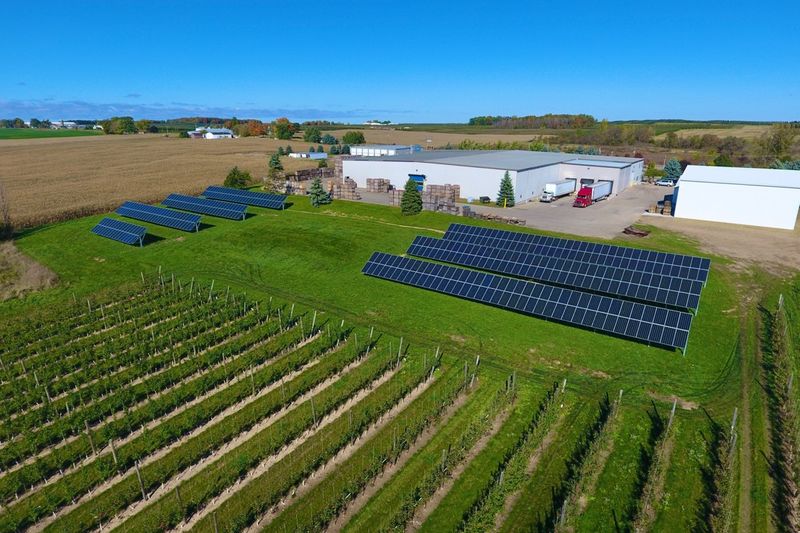Harvesting Green Power: Sustainable Energy Solutions


Harnessing Nature’s Bounty: The Guide to Harvesting Green Energy
Green energy, derived from renewable sources, is a beacon of sustainability in the face of environmental challenges. In this comprehensive guide, we explore the strategies and technologies involved in harvesting green energy, paving the way for a cleaner and greener future.
Solar Power: Tapping into the Sun’s Abundance
Solar power stands as one of the most accessible and widely adopted forms of green energy. Photovoltaic cells, commonly found in solar panels, convert sunlight into electricity. The installation of solar panels on rooftops, in solar farms, and even integrated into everyday objects allows individuals and businesses to tap into the sun’s abundance and generate clean, renewable energy.
Wind Energy: Harnessing the Power of Moving Air
Wind energy is harnessed through wind turbines that convert the kinetic energy of moving air into electricity. Strategically located wind farms capitalize on wind patterns, generating significant amounts of power. Advancements in wind turbine technology continue to enhance efficiency, making wind energy an increasingly viable and impactful contributor to green energy portfolios.
Hydropower: Capitalizing on Flowing Water’s Potential
Hydropower, derived from the flow of water, is a longstanding and reliable source of green energy. Dams and other water infrastructure capture the energy from flowing water, converting it into electricity. Hydropower’s scalability and ability to provide consistent baseload power make it a valuable component in the quest for sustainable energy solutions.
Geothermal Energy: Tapping into Earth’s Heat
Geothermal energy utilizes the Earth’s internal heat to generate power. This renewable source harnesses steam or hot water from underground reservoirs to drive turbines and produce electricity. Geothermal power plants can be found in regions with high geothermal potential, providing a continuous and low-carbon energy source with minimal environmental impact.
Biomass Energy: Turning Organic Matter into Power
Biomass energy involves converting organic materials, such as wood, agricultural residues, and organic waste, into energy. This process can take the form of direct combustion, biofuels, or biogas production. Biomass energy not only provides a way to utilize organic waste but also offers a sustainable alternative to fossil fuels.
Wave and Tidal Energy: Riding the Ocean’s Motion
Wave and tidal energy capitalize on the kinetic energy generated by ocean waves and tides. Wave energy converters and tidal stream systems are deployed in coastal areas to harness this energy and convert it into electricity. While still in the early stages of development, these technologies hold great promise for the future of marine-based green energy.
Energy Storage Solutions: Balancing the Intermittency
A critical aspect of harvesting green energy is addressing its intermittent nature. Energy storage solutions, such as advanced batteries, play a crucial role in balancing supply and demand. These technologies store excess energy during peak production times and release it when demand is high, ensuring a reliable and consistent power supply.
Smart Grids: Optimizing Energy Distribution
Smart grids represent a technological advancement in energy distribution and consumption. These intelligent systems use sensors, communication networks, and automation to optimize the flow of electricity. By efficiently managing energy distribution, smart grids contribute to a more resilient and sustainable energy infrastructure.
Government Incentives and Policies: Catalyzing Green Energy Adoption
Government support is instrumental in accelerating the adoption of green energy. Incentives, subsidies, and favorable policies encourage businesses and individuals to invest in and adopt renewable energy technologies. These initiatives play a pivotal role in fostering a transition towards a more sustainable and environmentally conscious energy landscape.
Exploring the Future with Green Energy
In conclusion, the journey to harvest green energy involves a diverse array of technologies and strategies. To delve deeper into the world of sustainable energy solutions, visit How to Harvest Green Energy for additional insights and resources. Embracing these practices not only contributes to individual sustainability but also collectively paves the way for a greener and more harmonious future.








